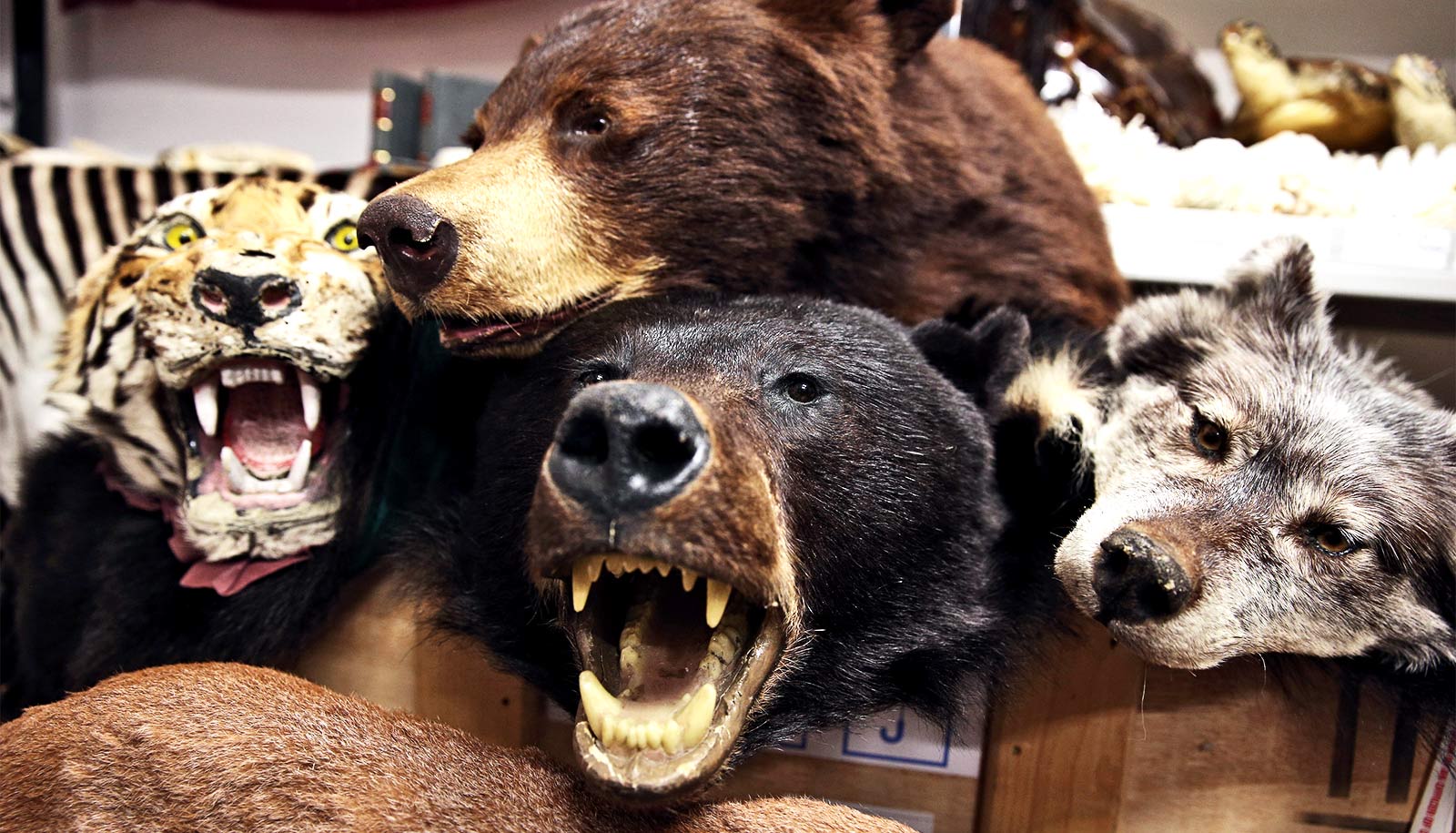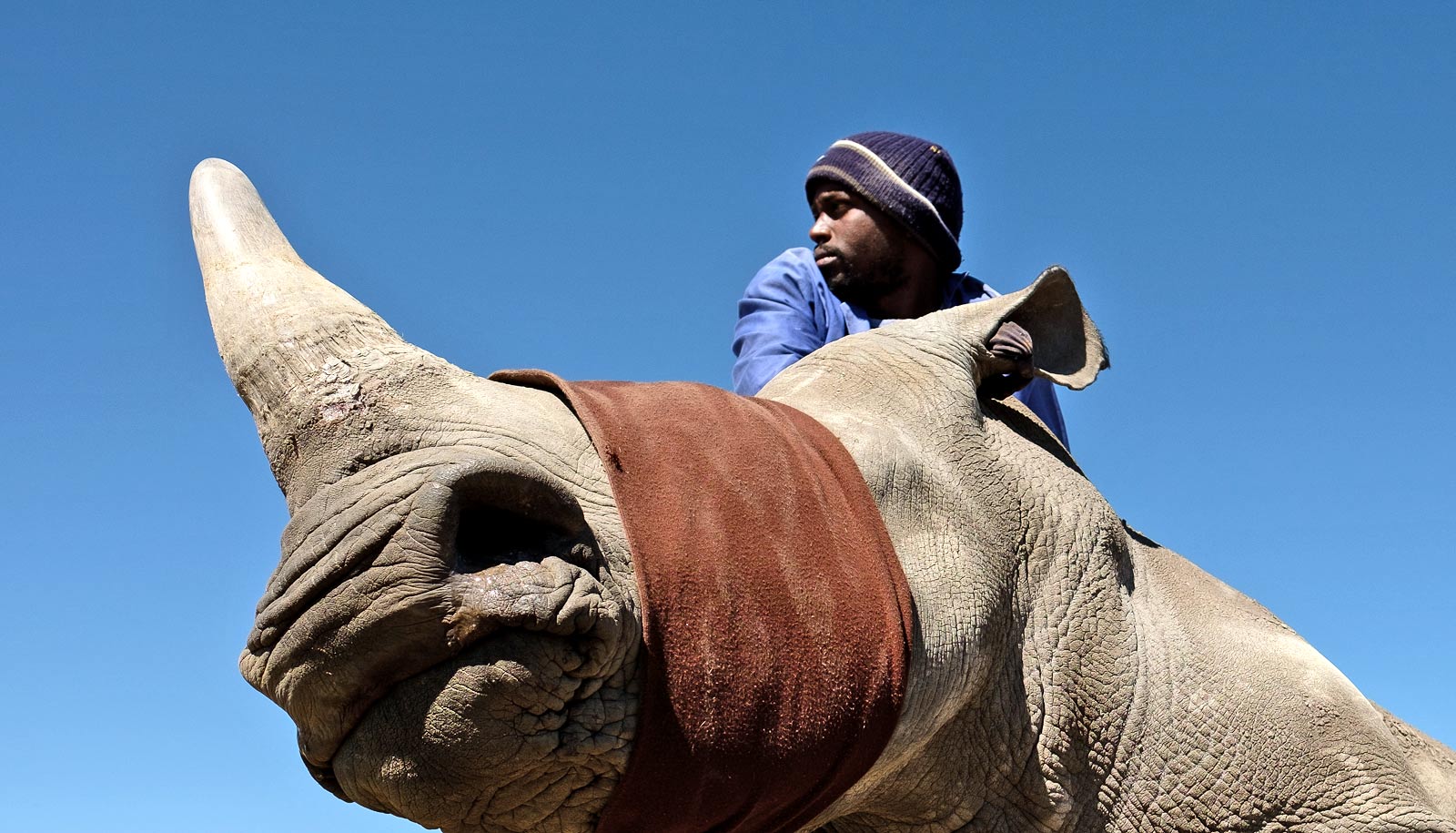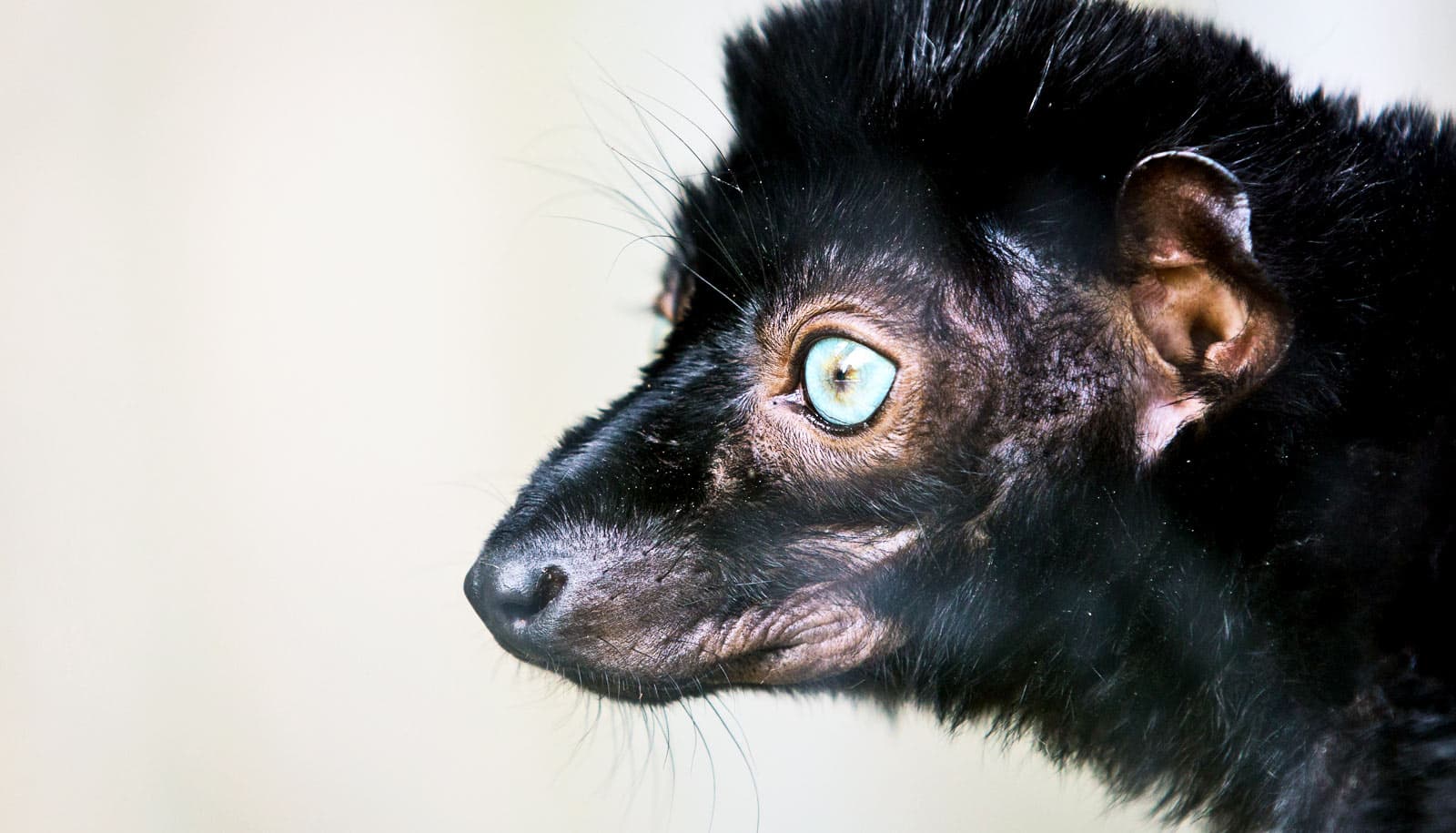More than ever, American buyers are on the hunt for illegal wildlife and wild animal parts, researchers report.
Americans are looking for more bear trophies, crocodiles, and exotic birds, while the trade in elephant and large cats has declined, according to a new study.
The illegal trafficking of wildlife and wild animal parts is the fourth largest form of criminality in the world, and a major threat to global biodiversity. The United States is one of the world’s largest markets for wildlife products—both legally and illegally traded. Both segments have grown over the past decades according to the new study.
Illegal wildlife trafficking and US buyers
Researchers investigated the development of the US trade in wildlife products from 1979-2014. They discovered an increase in the number of illegal wildlife products confiscated, as well as that, while some animals have become more popular, others have lost ground. Some of the increasingly popular illegal wildlife items that smugglers try to import include parts from bears, cetaceans, crocodiles, corals, snails, and clams. Fewer elephant, rhino, and cat parts are being confiscated.
The study reports that US authorities seized just over six million illegal items during the period investigated—some dead, others living—encompassing 3400 different animal species. Of these thousands of species, 581 are endangered.
“Everything from lion and tiger genitalia, to strange little bottles of oil made from different animals, to pangolin scales, live leeches, sea cucumbers, and even seahorses to be sold as pets, have been confiscated,” according to biologist and head researcher Maria Therese Bager Olsen of the University of Copenhagen.
“Even though the volume of trade in illegal wildlife is far less than what is traded in the legal market, the scale is so large that it threatens biodiversity. The six million items only represent what customs officials intercepted. The real number is bound to be considerably higher,” Olsen says.
On average, nearly 2,700 kilos (about 5,952 pounds) of illegal items were confiscated annually during the 1980s. During the period from 2000-2013, the average was 38,000 kilos per year (nearly 84,000 pounds). The largest exporters of illegal wildlife products were China, Indonesia, and Taiwan.
Nearly 900 million wildlife products were legally imported into the United States between 1979 and 2014. During the same period, authorities confiscated 6 million illegal wildlife products. Wood and plant species accounted for just under half of the total. Worldwide, the reported wildlife products trade sourced from wild animals has quadrupled during the same period, according to another study from 2018.
The annual increase of legal imports during the period was, on average, just over 300,000 wildlife items. Concurrently, there was an increase of nearly 2100 illegal items confiscated annually. The trade in illegal wildlife products is estimated to be worth $23 billion USD, according to the World Economic Forum.
Fighting wildlife crime
According to the researchers, the overall increase in confiscated wildlife products is attributable to tighter border controls, as well as increased globalization, which has eased the travel and transportation of goods. Furthermore, dark web markets for exotic pets have emerged in recent years.
“When certain types of animals trend, the likely explanation is to be found in fashion and food trends, greater demand for exotic pets, and an increased interest in hunting, and thereby hunting trophies. The diminished trade in elephant, rhino, and large cat parts in the United States may be related to the shrinking populations of these species, making them more difficult to obtain, as they often end up in Asian countries, where demand for them has increased. Or, the trade may have simply become so sophisticated that it has yet to be revealed,” says Olsen.
At the same time, the study presents a pattern that can be useful in the global battle against future wildlife crime.
“We can see that the product groups experiencing increased sales in legal trade are also being sold more through illegal avenues. This includes bear trophies, clams, and snails. This information can be used to predict the types of products that authorities should keep an eye out for,” says Olsen.
The research appears in Oryx. Additional researchers contributed from the University of Copenhagen; the UN Environment Programme – World Conservation Monitoring Centre, UK; Fauna & Flora International, UK; and the University of the Free State, South Africa.
Source: University of Copenhagen


